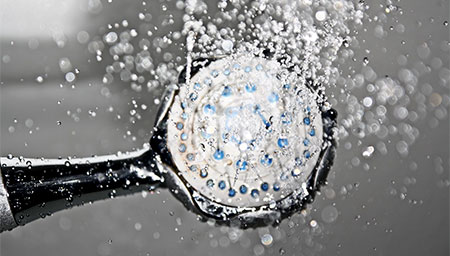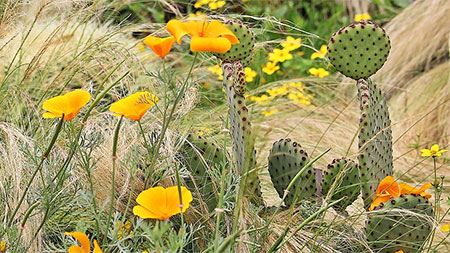8 Quick And Easy Water Saving Tips
We all need to pull together to conserve our national water resources and cut down on our consumption and we have a few water saving tips that are quick and easy to implement.
20/01/2021
Everyone needs to pull together to conserve our national water resources and cut down on water consumption. To make it quick and easy for you, here are a few water saving tips that will quickly become a regular part of your daily routine.
1. Check for leaks
Leaks in and around the home can occur at any time. Tap washers are not designed to last forever and indoor and outdoor taps should be attended to as soon as they start to drip, drip, drip.
Priced from as little as R8 each, replacing worn tap washers is an easy DIY project.
You only need to go as far as your local Builders store to stock up on a pack of assorted tap washers to be prepared to fix leaky taps.
2. Conserve water where you can
Having aerators installed on your taps and showerheads will reduce the water pressure and result in substantial water savings. Tap aerators are also more commonly known as flow regulators and, once fitted, they mix air into the water flow to cut down on the flow of water through the tap.
Have a qualified plumber come out and install taps fitted with tap aerators.
Perfect for installing on a showerhead, an aerator can reduce your water consumption by up to 6 litres/minute, so definitely something to consider if you shower every day. Once again, Builders offer a selection of water-saving tap aerators that can be fitted to taps and showerheads.
3. Rainwater harvesting
As I look around my neighbourhood, I see more and more rainwater harvesting tanks appearing. Capturing rainwater is a sure way to have a backup water supply in case of emergency, but it also reduces your impact on an already over-strained system. A slimline water tank will quickly fill up overnight during a heavy rainstorm and you will be able to use the collected rainwater to fill up your swimming pool, water your vegetable garden or plants regularly, or use to wash your car.
4. Be more water-wise
How many readers out there leave the tap running when they brush their teeth? Or let the cold water run out before it reaches hot? This is clean tap water being poured down the drain and something we should all be aware of and try to avoid. Get into the habit of switching off the tap when you are not using the water, or collect the cold water in a clean storage bottle and use it somewhere else.
Have a clean glass on hand when brushing your teeth to fill with water for rinsing.
Another option to consider is to wrap hot water pipes with insulation material so that the water stays hotter as it leaves the geyser. This will speed up the process of getting hot water out of the taps.
5. Be ingenious
If you haven't gotten around the installing a dual-flush toilet, reduce the amount of water that fills up the cistern by placing a brick inside the tank. Make sure it is placed so as not to interfere with flushing and it will take up space in the cistern and cut down on the amount of water needed to refill the tank.
6. Use home appliances wisely
Home appliances such as a dishwasher and washing machine use a lot of water for their run cycles. Try to limit their use as much as possible by only switching them on when you have a full load. When doing your laundry and separating piles according to fabric and colour, if you don't have enough items to fill up the washing machine, put them aside until the next wash day. Setting up a regular routine such as this will not only help to reduce your water consumption, but also bring down your electricity costs.
When shopping for new home appliances such as a dishwasher or washing machine, make sure they have a high water efficiency status.
7. Monitor sprinkler system
Yes, installing a sprinkler system will allow you to control how you water your garden, but what use is that if it is set up incorrectly. Sprinklers should be positioned properly to ensure water is not wasted by watering those areas that require less watering, or where sprinkler heads are aimed at paved or bricked areas. Additionally, set up your sprinkler system according to watering needs for your plants and/or vegetables and only water early in the morning or late evening.
Keep in mind that you are using drinking water to irrigate your garden and by installing a rainwater harvesting system you can harness rainwater for watering your garden.
8. Only plant water-wise or indigenous plants
Still on the topic of your garden, replacing water-thirsty plants with drought-resistant or indigenous plants and reducing the size of your lawn will immediately cut down on water usage. Plants not indigenous to our local climate need regular watering to survive our hot summers, which means you use far more water than you would for indigenous or drought-resistant plants. If you are not sure - ask for advice at your local garden centre.
Marc McRae www.plumbing4u.co.za












